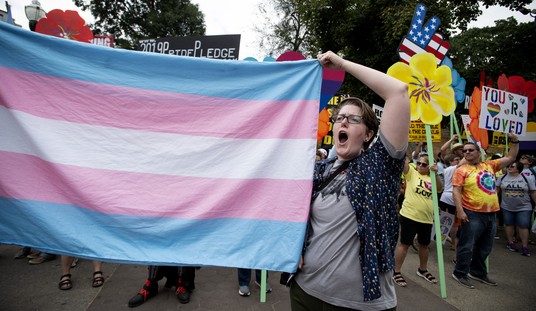Rep. George Miller (D., Calif.), ranking Democrat on the House Committee on Education and the Workforce, said Friday that he considered the Reid proposal a “serious” effort at compromise that made it more likely the stalemate would be broken before July 1, when student-loan interest rates are scheduled to double to 6.8% if Congress does not act.Republicans were low key in their response to the proposal , unveiled by Mr. Reid Thursday, but in the current partisan climate on Capitol Hill the absence of rancor was seen as an encouraging sign of growing trust between the parties.
Republicans should hold fast. The 3.4% interest rate on government-backed student loans was only meant to be a temporary measure that now, with a $6 billion/year price tag, threatens to become permanent. The measure wouldn't actually aid college graduates with debt all that much - Frederick Hess at the American Enterprise Institute writes that the $6 billion measure would save people a measly $25 per month - at most! Lower estimates might place the savings per graduate at $7 per month.
Justin Wolfers was more eviscerating, calling it the "worst idea ever.":
Recommended
This is the worst macro policy I’ve ever heard of. If you want stimulus, you get more bang-for-your-buck if you give extra dollars to folks who are most likely to spend each dollar. Imagine what would happen if you forgave $50,000 in debt. How much of that would get spent in the next month or year? Probably just a couple of grand (if that). Much of it would go into the bank. But give $1,000 to each of 50 poor people, and nearly all of it will get spent, yielding a larger stimulus. Moreover, it’s not likely that college grads are the ones who are liquidity-constrained. Most of ‘em could spend more if they wanted to; after all, they are the folks who could get a credit card or a car loan fairly easily. It’s the hand-to-mouth consumers—those who can’t get easy access to credit—who are most likely to raise their spending if they get the extra dollars.
Dan Doherty and I have an article out in the newest issue of Townhall Magazine that goes into the pandering and wrongheadedness of everything that's gone into the student loan debate. Subscribe today!

























Join the conversation as a VIP Member